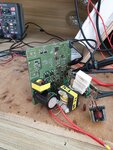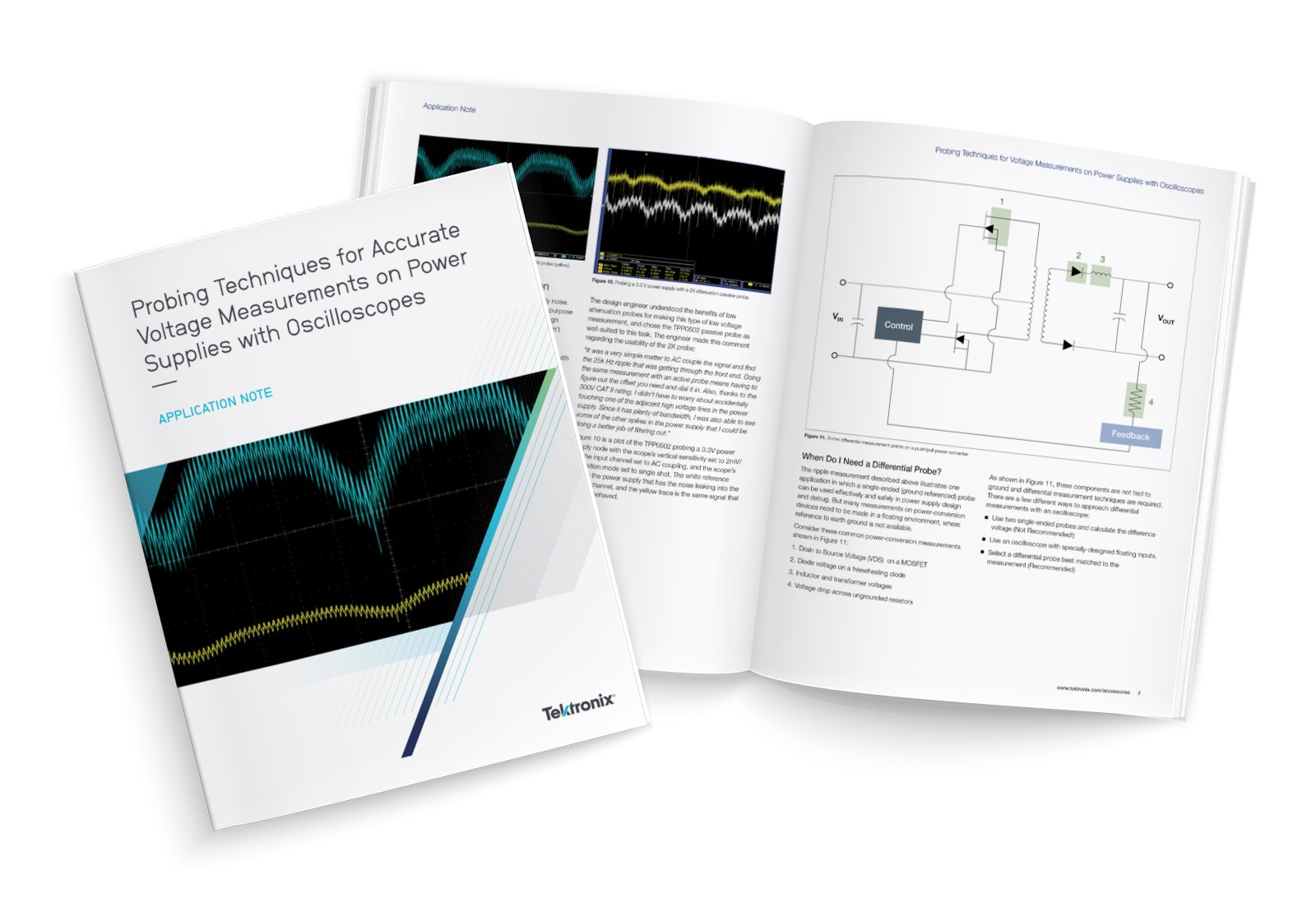mrinalmani
Advanced Member level 1
- Joined
- Oct 7, 2011
- Messages
- 463
- Helped
- 60
- Reputation
- 121
- Reaction score
- 58
- Trophy points
- 1,318
- Location
- Delhi, India
- Activity points
- 5,285
Hi
I have a tied an RL load to a 12V H-Bridge operating in a usual fashion where alternate FETs are ON followed by a large dead time where all FETs are OFF and then the adjacent pair of FETs are turned ON and the cycle repeats.
L = 32uH wound on gapped ferrite core.
R = 0.25 Ohm
To sense the current, I have probed directly across the resistor.
The problem is that the current is ringing very bad.
In the close up view of the waveform we can see that when the FETs turn off, the current shoots up in the same very direction in which it was flowing prior to turn off. I do not understand what is causing this ring. Parasitic capacitance of the inductor?
Please share your views.
In the image below, Pink = voltage and Yellow = current.
Thank you
I have a tied an RL load to a 12V H-Bridge operating in a usual fashion where alternate FETs are ON followed by a large dead time where all FETs are OFF and then the adjacent pair of FETs are turned ON and the cycle repeats.
L = 32uH wound on gapped ferrite core.
R = 0.25 Ohm
To sense the current, I have probed directly across the resistor.
The problem is that the current is ringing very bad.
In the close up view of the waveform we can see that when the FETs turn off, the current shoots up in the same very direction in which it was flowing prior to turn off. I do not understand what is causing this ring. Parasitic capacitance of the inductor?
Please share your views.
In the image below, Pink = voltage and Yellow = current.
Thank you






